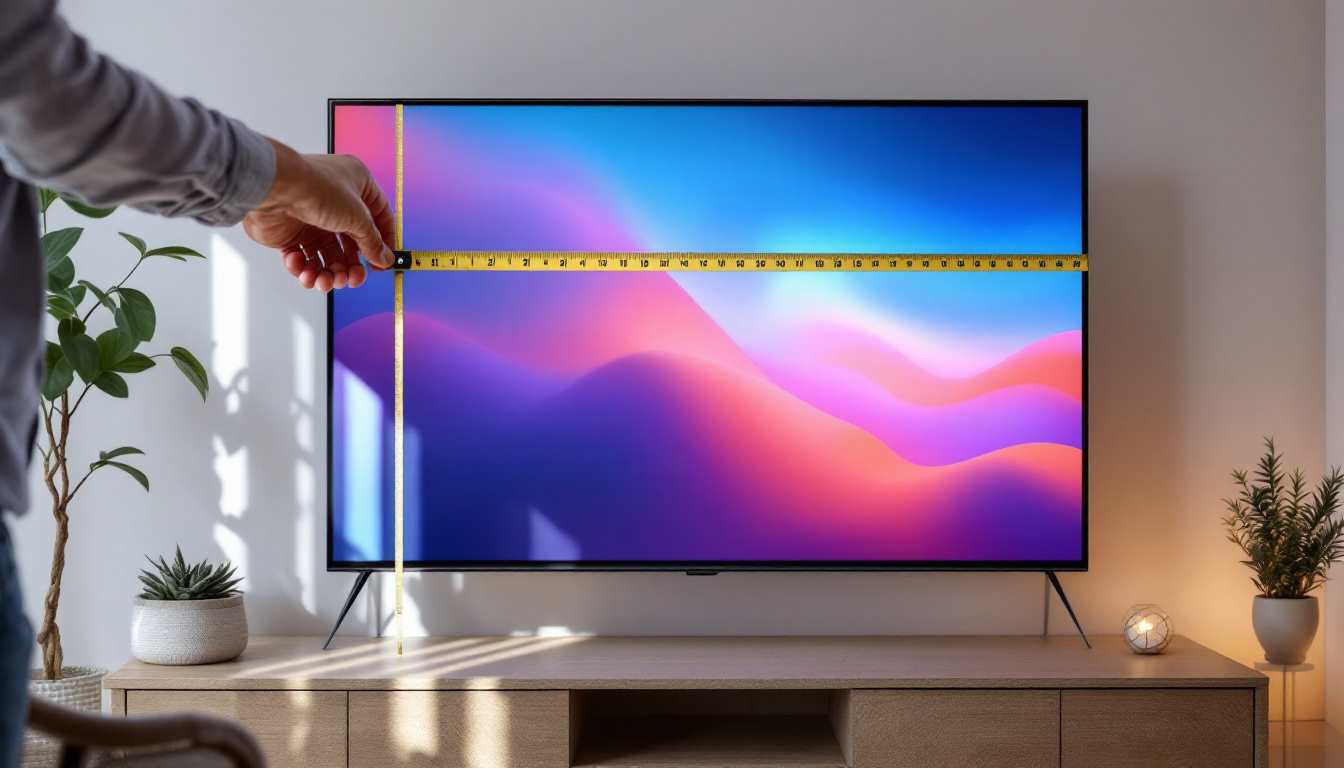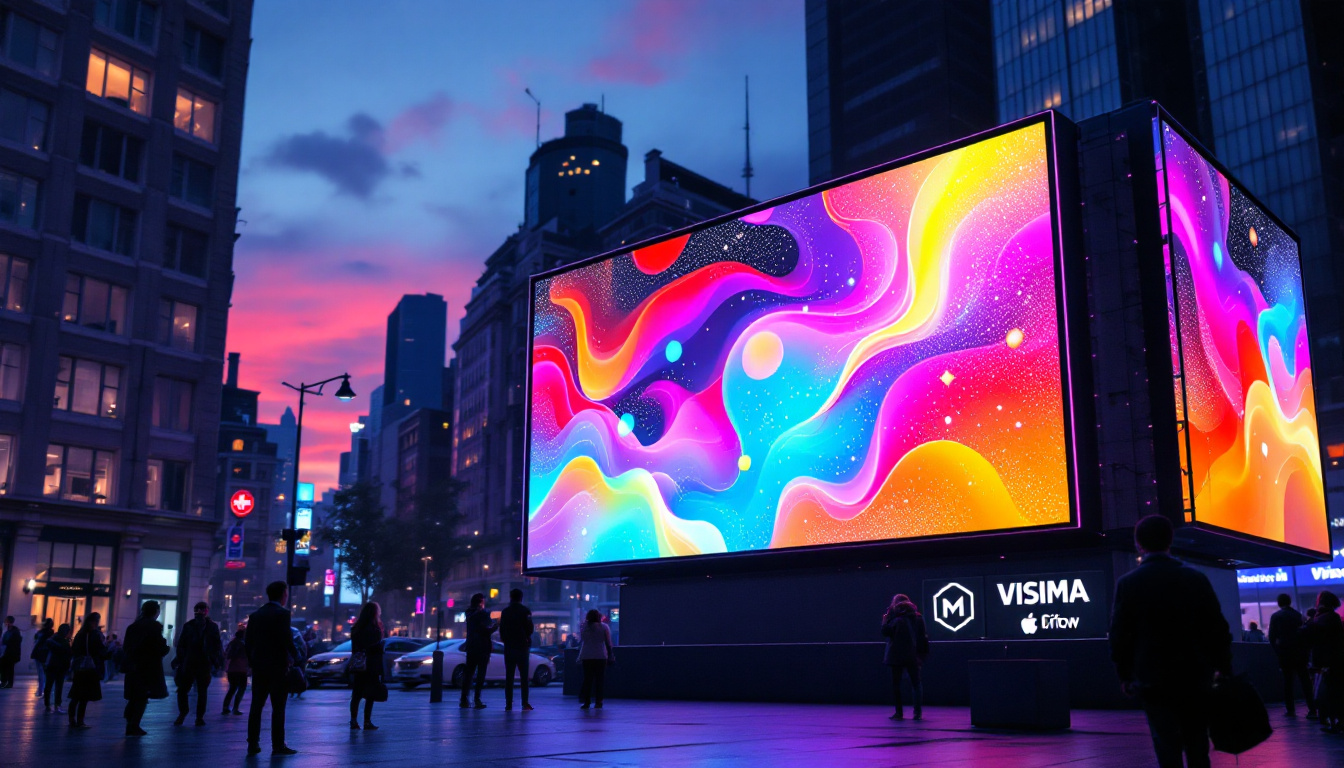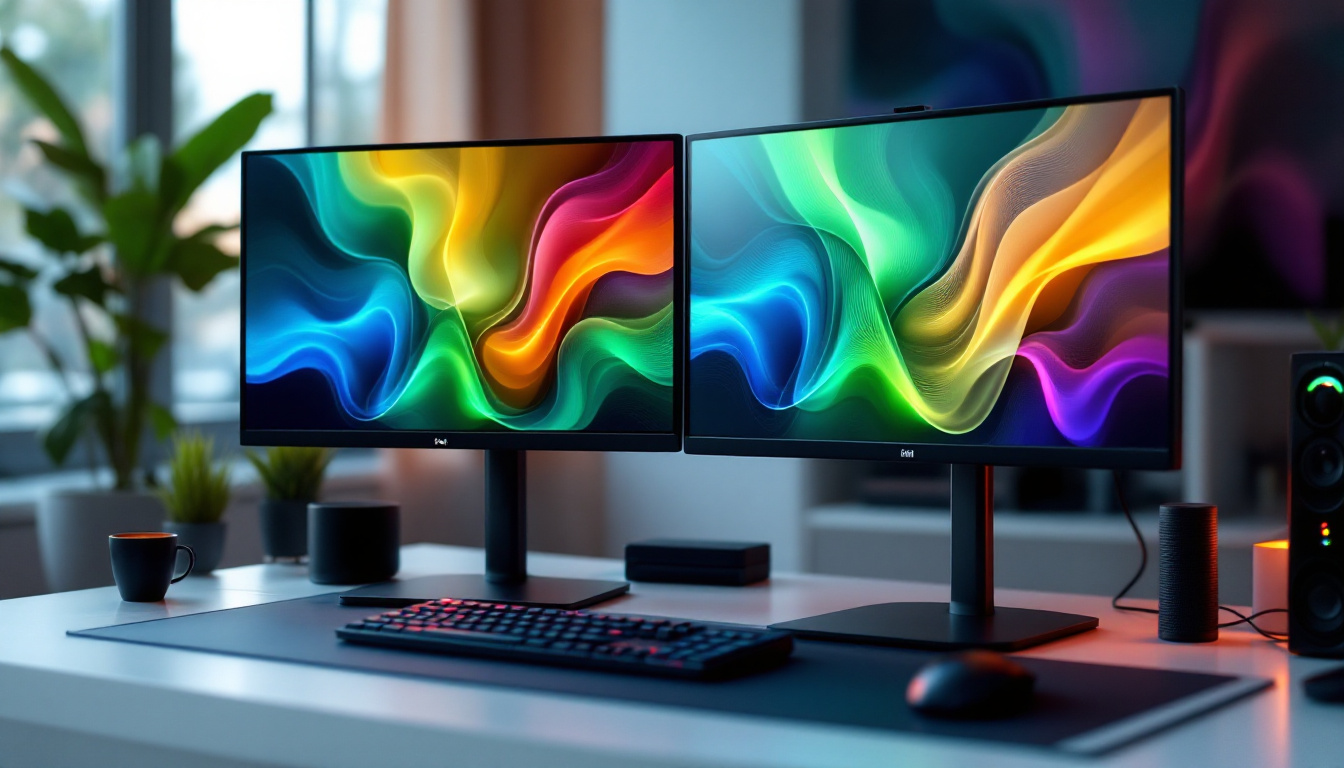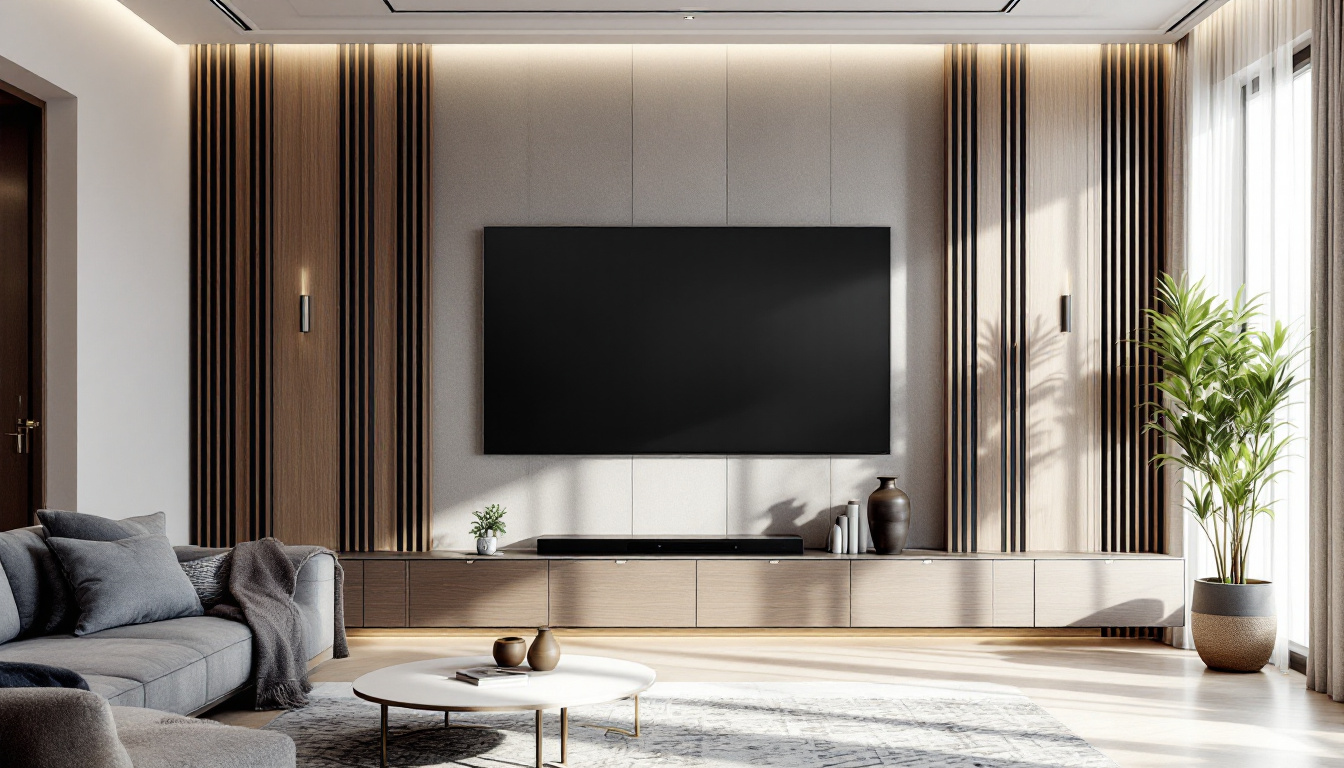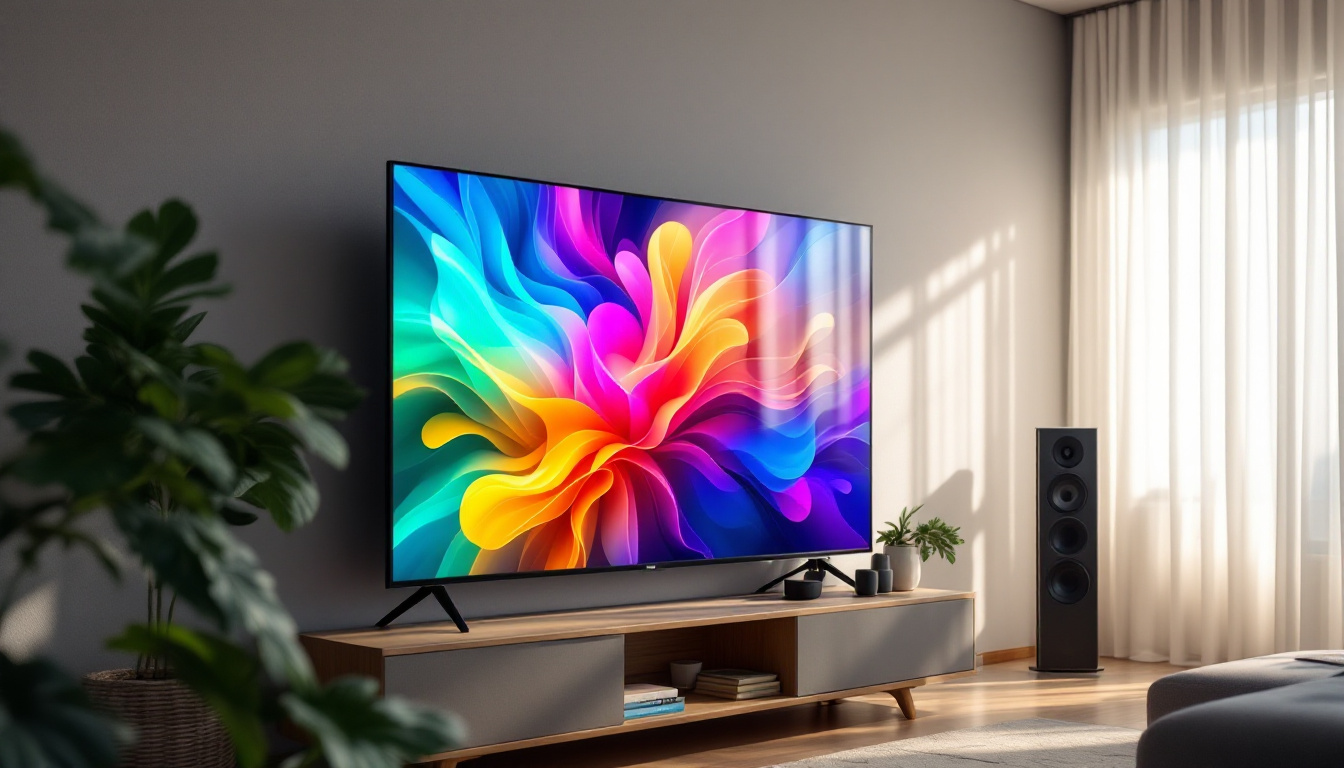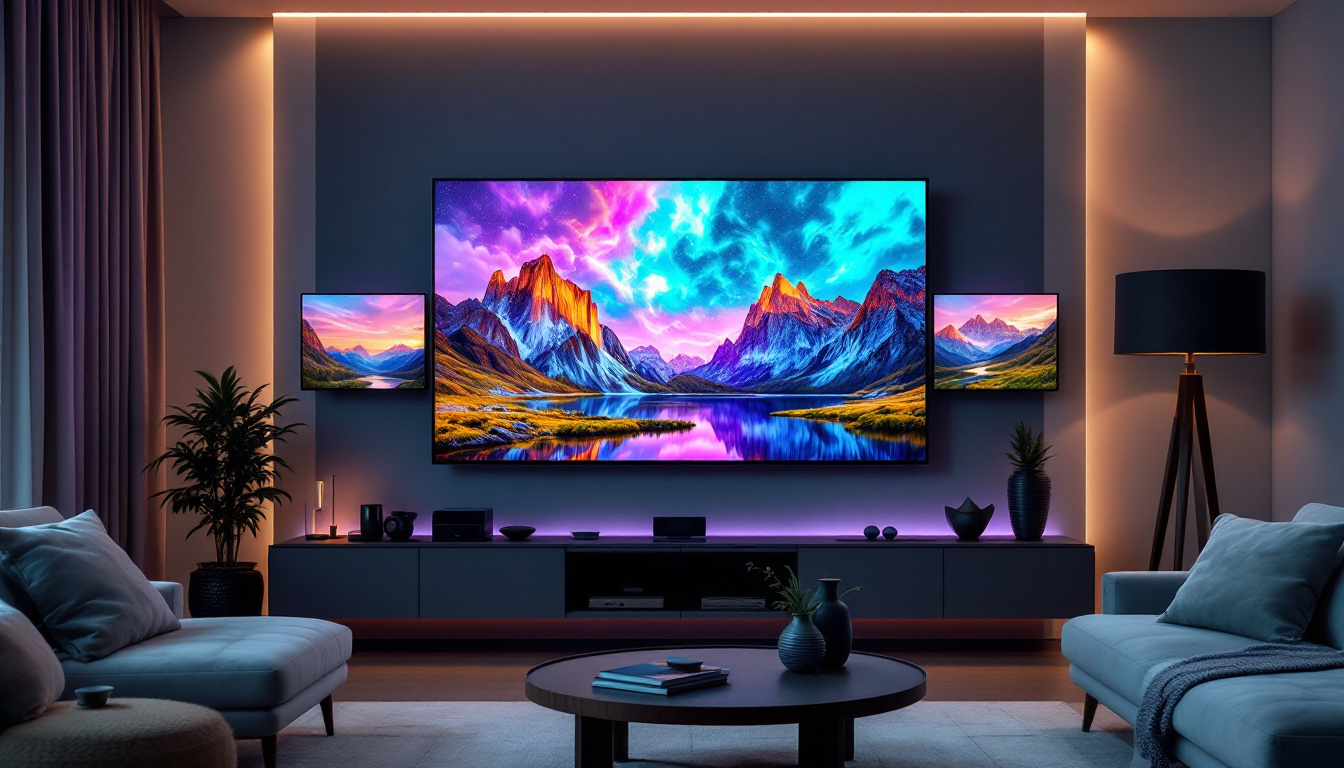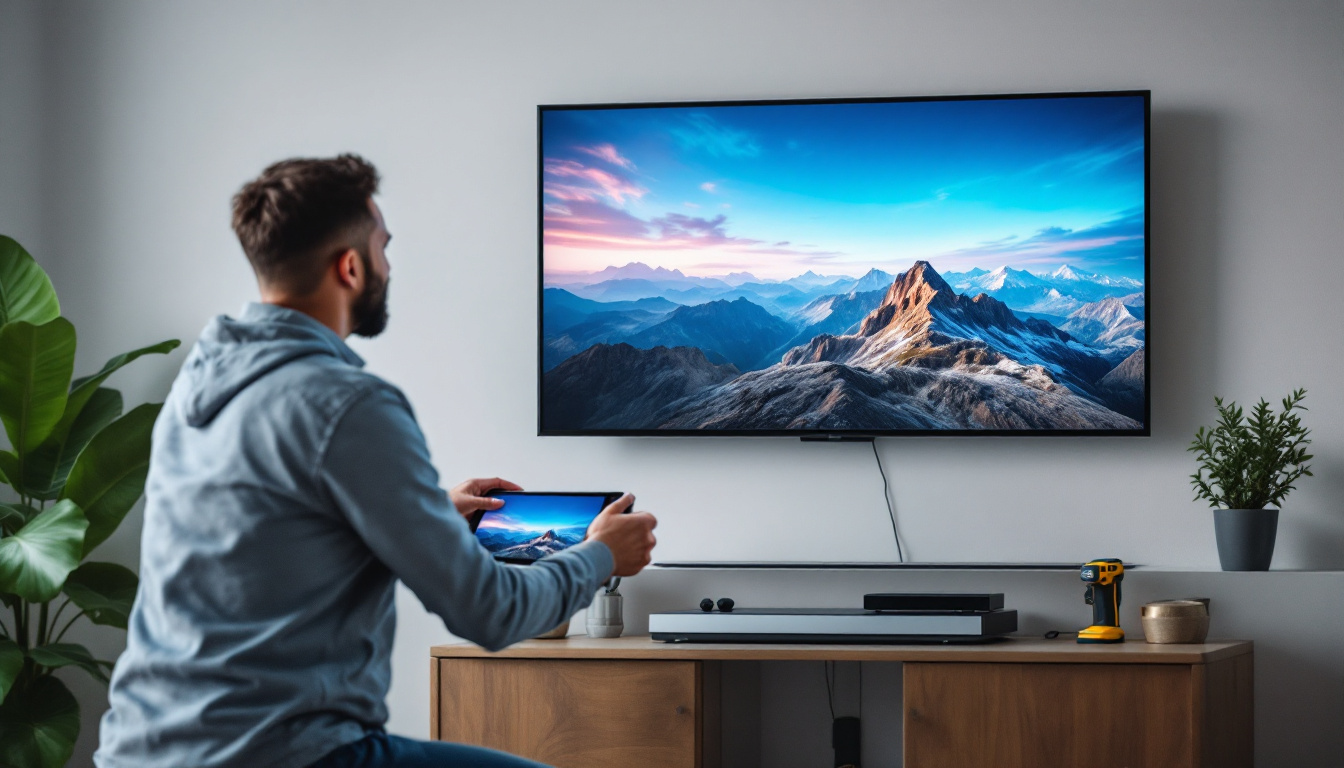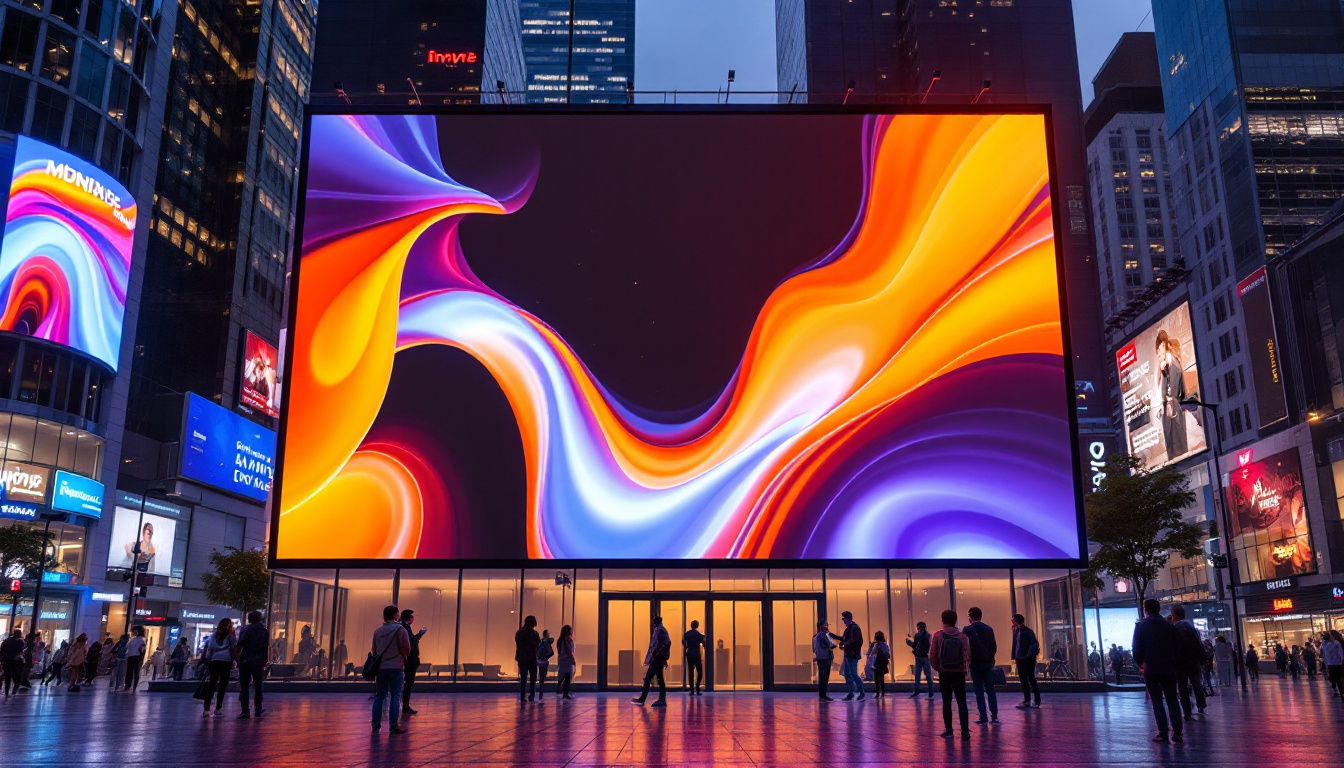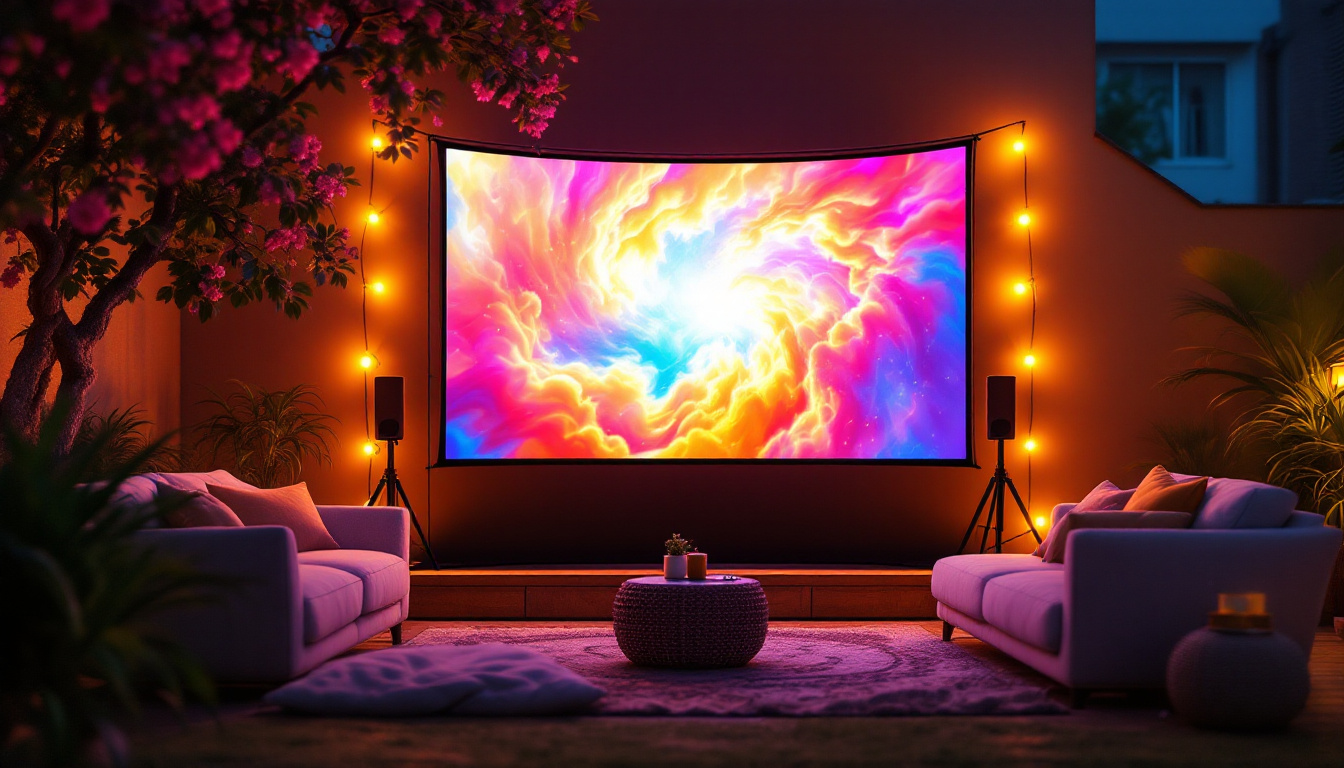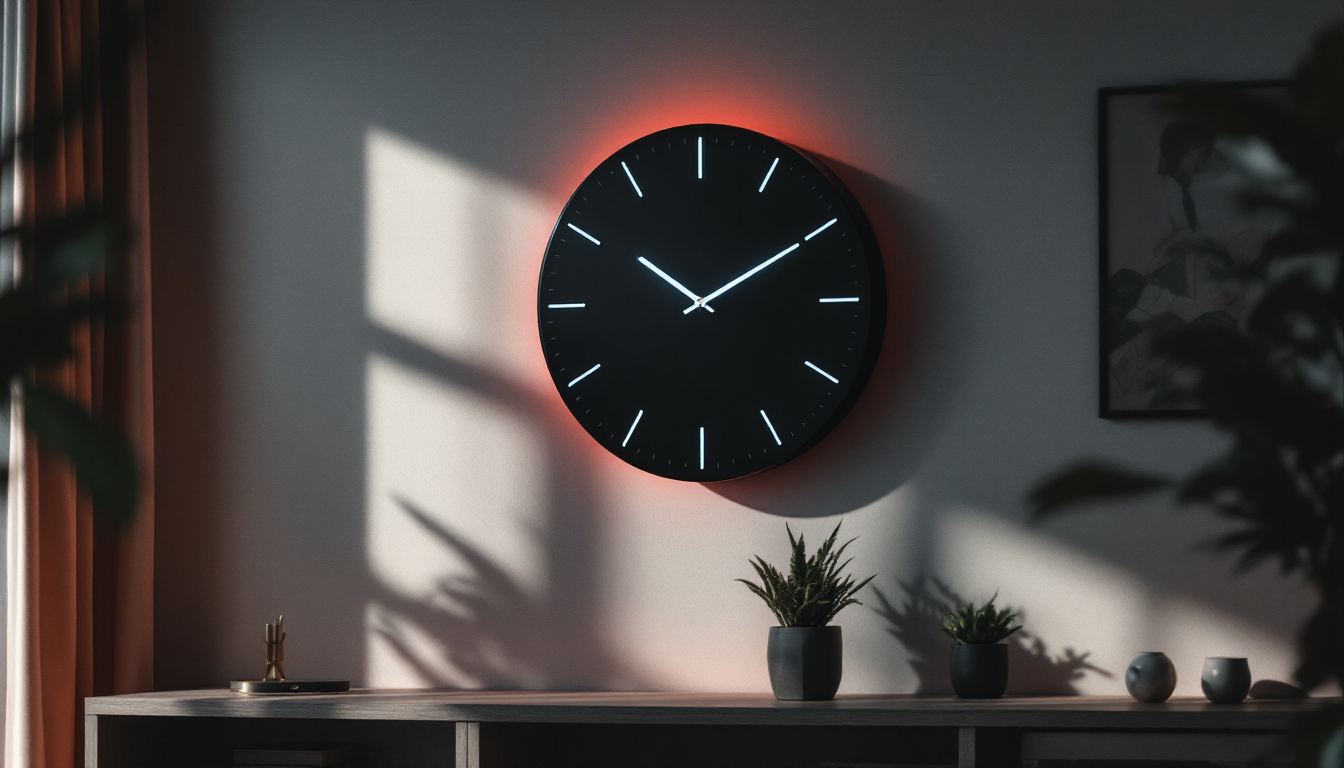Do You Measure A TV Diagonally: LED Display Explained
In the world of televisions, understanding how to measure screen size can often lead to confusion. For potential buyers, the question arises: do you measure a TV diagonally? This article aims to clarify this common inquiry while also delving into the intricacies of LED displays, their benefits, and considerations when purchasing a new television.
The Basics of TV Measurement
Understanding Screen Size
When purchasing a television, the size is one of the most critical factors to consider. Screen size is typically measured diagonally from one corner of the display to the opposite corner. This method of measurement is standard across the industry and is used to provide a consistent way for consumers to compare different models.
Measuring diagonally allows for a more accurate representation of the viewing area, as it encompasses the entire screen. This measurement includes the bezel, or frame, around the screen, although the actual display area is slightly smaller. Understanding this measurement technique is essential for making an informed decision when selecting a TV that fits your space and viewing preferences. Additionally, the ideal screen size can vary based on the distance from which viewers typically watch the television. For instance, a general guideline suggests that the optimal viewing distance is about 1.5 to 2.5 times the diagonal size of the screen, which can help consumers determine the best size for their specific room layout.
Why Diagonal Measurements?
The diagonal measurement system originated from the need to standardize television sizes across various manufacturers. By measuring diagonally, it provides a clearer picture of the actual viewing area available, as opposed to measuring width or height alone. This method also accounts for the aspect ratio, which varies between different TV models.
For example, a 55-inch television measured diagonally may have a width of approximately 48 inches and a height of around 27 inches, depending on its aspect ratio. This standardization helps consumers easily compare sizes and select the best fit for their viewing environment. Moreover, as technology has evolved, so too have the designs of televisions, with many modern models featuring ultra-thin bezels that maximize screen real estate. This shift not only enhances the aesthetic appeal of TVs but also allows for larger screens to fit into smaller spaces, making it even more crucial for consumers to understand how diagonal measurements translate into real-world viewing experiences. Additionally, with the rise of 4K and 8K resolutions, the importance of screen size becomes even more pronounced, as larger screens can provide a more immersive viewing experience, allowing viewers to appreciate the finer details in high-definition content.
LED Displays: A Closer Look
What is an LED Display?
LED, or Light Emitting Diode, displays are a popular choice for modern televisions. They utilize LED backlighting to illuminate the screen, providing vibrant colors and sharp images. Unlike traditional LCD screens that use fluorescent lights, LED technology offers better energy efficiency and improved picture quality.
There are two main types of LED displays: edge-lit and full-array. Edge-lit displays have LEDs positioned along the edges of the screen, while full-array displays feature a grid of LEDs behind the entire screen. Full-array displays often provide superior contrast and brightness, making them a preferred choice for many consumers. This is particularly noticeable in darker scenes, where full-array technology can selectively dim or brighten individual sections of the screen, creating a more immersive viewing experience.
The Advantages of LED Technology
LED displays come with numerous advantages that enhance the viewing experience. One of the most significant benefits is their ability to produce deeper blacks and brighter whites, thanks to the precise control of individual pixels. This capability results in a more dynamic range of colors and improved overall picture quality. The advancements in LED technology have also led to the development of OLED (Organic LED) displays, which take this concept further by allowing for even greater contrast ratios and color accuracy, appealing to cinephiles and gamers alike.
Additionally, LED TVs are generally thinner and lighter than their older counterparts, making them easier to mount on walls or fit into various spaces. They also consume less power, which can lead to lower electricity bills over time. Furthermore, with advancements in technology, many LED TVs now come equipped with smart features, allowing users to access streaming services and other applications directly from their televisions. This integration of smart technology has transformed the way we consume media, enabling seamless access to a vast library of content, including 4K and HDR programming that takes full advantage of the display’s capabilities. Moreover, many modern LED displays now support voice control and compatibility with smart home devices, further enhancing user convenience and interactivity.
Considerations When Buying an LED TV
Screen Size and Room Dimensions
When selecting an LED TV, it is essential to consider the size of the room where it will be placed. A larger screen may provide a more immersive experience, but it can also overwhelm smaller spaces. As a general guideline, the distance from the TV to the seating area should be approximately 1.5 to 2.5 times the diagonal screen size for optimal viewing comfort.
For example, if you have a 55-inch TV, the ideal viewing distance would be between 6.5 to 11.5 feet. This distance ensures that viewers can appreciate the full detail of the image without straining their eyes. Measuring your available space and determining the appropriate screen size before making a purchase can prevent future dissatisfaction. Additionally, consider the layout of your room; if you have a sectional sofa or multiple seating areas, you may want to test different viewing angles to ensure everyone has a good line of sight. Remember that the height at which the TV is mounted can also affect comfort; ideally, the center of the screen should be at eye level when seated.
Resolution Matters
Another critical factor to consider is the resolution of the LED display. Higher resolutions provide more detail and clarity, enhancing the viewing experience. Common resolutions include Full HD (1080p), 4K Ultra HD (2160p), and 8K Ultra HD (4320p). As technology advances, 4K and 8K TVs are becoming increasingly popular, offering stunning visuals that can bring movies and shows to life.
It is essential to match the resolution with the content you plan to watch. Many streaming services and Blu-ray discs now offer 4K content, making a 4K TV a worthwhile investment for those seeking the best picture quality. However, if you primarily watch standard HD content, a Full HD TV may still suffice. Furthermore, keep an eye on the capabilities of your internet connection; streaming 4K content requires a robust bandwidth, typically around 25 Mbps or higher. If you frequently watch sports or action films, a higher refresh rate in conjunction with a higher resolution can also enhance your viewing experience by reducing motion blur, making fast-paced scenes appear smoother and more fluid.
Understanding Aspect Ratios
The Importance of Aspect Ratio
The aspect ratio of a television refers to the ratio of its width to its height. The most common aspect ratio for modern TVs is 16:9, which is ideal for watching movies and TV shows. Understanding aspect ratios is crucial, as it affects how content is displayed on the screen.
When watching content that does not match the TV’s aspect ratio, viewers may experience letterboxing (black bars on the top and bottom) or pillarboxing (black bars on the sides). Choosing a TV with the correct aspect ratio for your viewing habits can enhance the overall experience and minimize distractions. For instance, a 16:9 aspect ratio is perfect for most contemporary films and series, which are often produced in widescreen formats. However, older films or specific artistic works may be presented in a 4:3 aspect ratio, which can lead to a less than optimal viewing experience if not properly accommodated by the television.
Moreover, the rise of ultra-wide formats, such as 21:9, has introduced a new dimension to the viewing experience, particularly for cinematic content. These ratios can create an immersive experience akin to that of a movie theater, drawing viewers deeper into the narrative. As such, consumers should consider their viewing preferences and the types of content they enjoy most when selecting a television.
Compatibility with Content
As the media landscape evolves, it is essential to ensure that your TV is compatible with various content formats. Many streaming platforms and cable providers now offer content in different resolutions and aspect ratios. Ensuring that your LED TV can handle these formats will provide a seamless viewing experience.
Furthermore, consider the connectivity options available on the TV. HDMI ports, USB connections, and wireless capabilities allow for easy integration with other devices, such as gaming consoles, sound systems, and streaming devices. Ensuring compatibility with your existing technology will enhance the versatility of your new television. Additionally, many modern TVs now support advanced features like HDR (High Dynamic Range) and 4K resolution, which can significantly improve the quality of the viewing experience. HDR enhances the contrast and color accuracy of the image, making scenes appear more lifelike, while 4K resolution provides four times the pixel density of standard HD, resulting in sharper and more detailed images.
Moreover, as more content becomes available in 4K and HDR formats, having a television that can support these technologies is becoming increasingly important. Streaming services like Netflix and Amazon Prime Video are continually expanding their libraries of high-resolution content, and having a compatible TV ensures that viewers can take full advantage of these offerings. Additionally, many televisions now include built-in smart features that allow users to access apps and streaming services directly, further enhancing convenience and accessibility in today’s fast-paced media environment.
Final Thoughts on Measuring and Choosing Your TV
Measuring for the Perfect Fit
In conclusion, measuring a TV diagonally is the industry standard, providing a clear understanding of the screen size. This measurement method allows consumers to make informed decisions when purchasing a television, ensuring it fits their space and viewing preferences.
When selecting an LED display, consider factors such as screen size, resolution, aspect ratio, and compatibility with content. By taking these elements into account, buyers can find a television that meets their needs and enhances their viewing experience.
Embracing Technology
As technology continues to advance, LED displays will likely evolve, offering even more features and capabilities. Staying informed about the latest developments in television technology can help consumers make educated choices and ensure they invest in a product that will stand the test of time.
Ultimately, whether you are a casual viewer or a dedicated cinephile, understanding how to measure a TV and the intricacies of LED displays will empower you to make the best choice for your home entertainment system.
Discover the Future of Home Entertainment with LumenMatrix
Ready to elevate your viewing experience with the latest in LED display technology? LumenMatrix is at the forefront of innovation, offering a wide array of LED display solutions that transform any space into a dynamic visual spectacle. From immersive Indoor LED Wall Displays to vibrant Outdoor LED Wall Displays, and from versatile Vehicle LED Displays to sleek LED Poster Displays, LumenMatrix has the perfect solution to meet your needs. Embrace the future of visual communication and check out LumenMatrix LED Display Solutions today to see how our cutting-edge products can enhance your brand visibility and captivate your audience.

